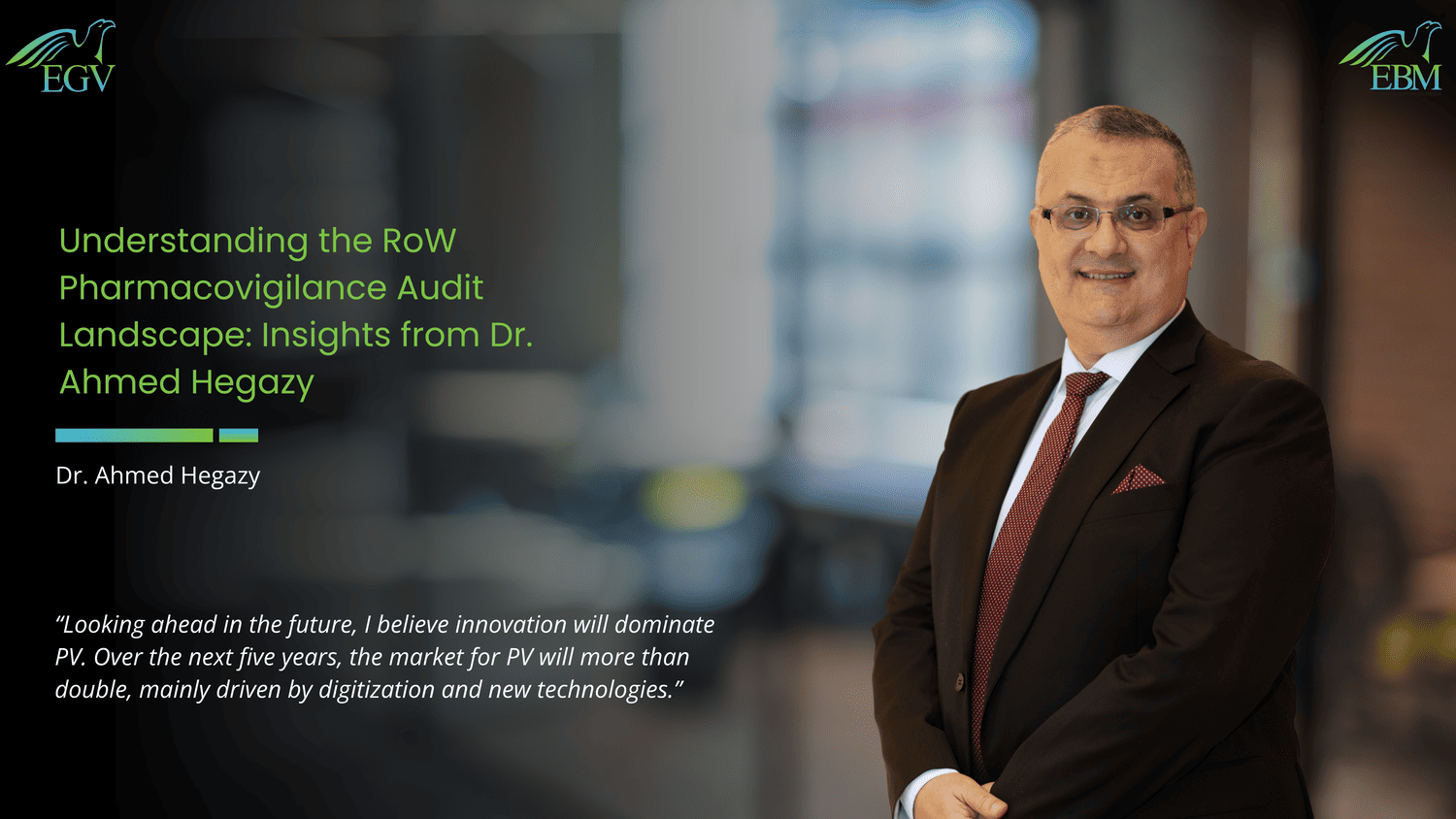
As someone who has spent many years working across different regions and regulatory environments, I can say that the pharmacovigilance (PV) landscape in the Rest of the World (RoW) is quite complex and diverse. Unlike the US or Europe, where regulations are well-established and enforcement is consistent, many countries in the RoW are still developing their systems. This creates specific challenges but also opportunities for improvement. I am going to shed some light on unique challenges, influence of regional regulatory requirements, development of PV departments & workforce hurdles, quality of data and inspection findings, stake holder management & engagements, risk management, audit readiness & outcomes, data integrity, cultural and operational considerations, PV common pitfalls & ways to overcome them, and technological trends (catching up faster than wildfire) through the lens of my experiences and learnings over the years.
In my experience, the primary challenge is the variability in regulatory maturity. In Europe, North America, and some other markets, PV regulations are mature, enforced through regular inspections, and supported by a strong industry culture. Major pharmaceutical companies, many of which are European or US-based, are responsible for products globally, and their PV systems are designed accordingly. This leads to continuous improvement driven by rigorous oversight.
However, in many parts of the Middle East, Southeast Asia, and Africa, the adoption of international standards like GVP is partial or evolving. Some countries fully embrace these standards; others are just beginning. This variability makes it difficult to apply a uniform audit approach. One need to understand the local regulatory environment and adjust the expectations accordingly.
I always advise, regulators in these regions to develop comprehensive, stepwise regulations aligned with global standards. They must enforce them strictly, have enough inspection resources, and involve all stakeholders; healthcare professionals, academia, industry, and policy makers. Raising awareness is crucial. We need to integrate PV into undergraduate curricula for all healthcare workers and develop simple, user-friendly reporting tools, like mobile apps, that work in local languages. This can significantly improve adverse event reporting.
Regarding PV workforce, many companies, especially smaller ones or distributors,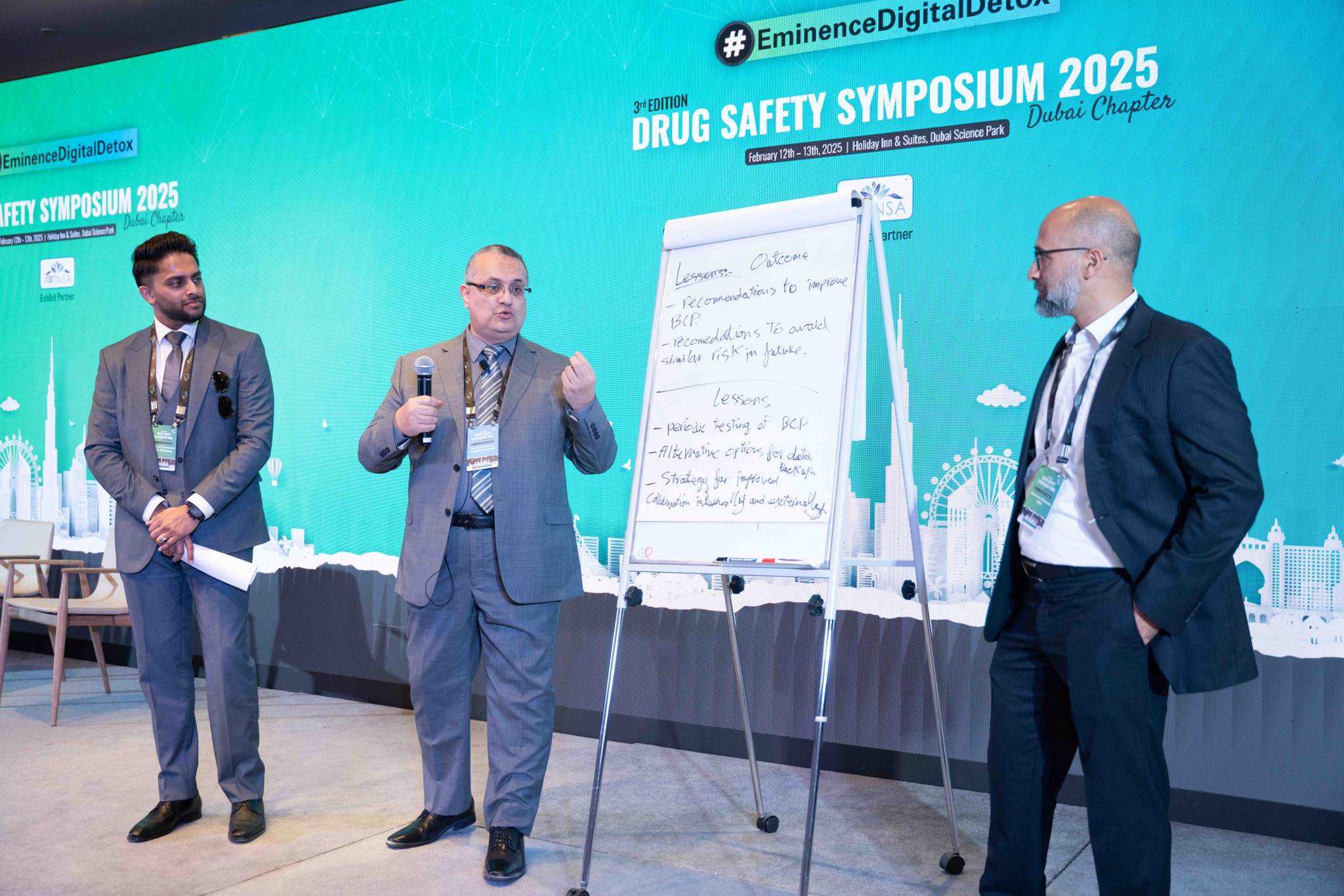 lack dedicated teams or personnel with proper PV training. Often, regulatory staff are covering PV responsibilities without adequate expertise, which leads to systemic gaps. Moreover, general awareness among healthcare professionals remains low in many developing countries, resulting in underreporting of adverse events.
lack dedicated teams or personnel with proper PV training. Often, regulatory staff are covering PV responsibilities without adequate expertise, which leads to systemic gaps. Moreover, general awareness among healthcare professionals remains low in many developing countries, resulting in underreporting of adverse events.
Audit Readiness and strong workforce cannot be a separate event. Look at the changes since COVID-19, we all have seen a shift toward virtual audits, which has advantages, less travel and more flexibility, but also challenges. It demands solid digital infrastructure and a culture of transparency. Internally, collaboration among departments; medical, quality, regulatory, IT; is critical. If teams work in silos or are uncooperative, it impacts the audit outcome.
In my view, the expectations from regulatory authorities are clear: organizations must demonstrate 100% compliance. This means having proper documentation, trained staff, and systems that are always ready for inspection, what I call “Inspection Readiness.” You should always be prepared, not just when an audit is announced. Regular self-assessments and internal audits are essential.
Next is Crisis Management. In pharmacovigilance, crisis management is a cornerstone of not only successful audits but also of overall patient safety and 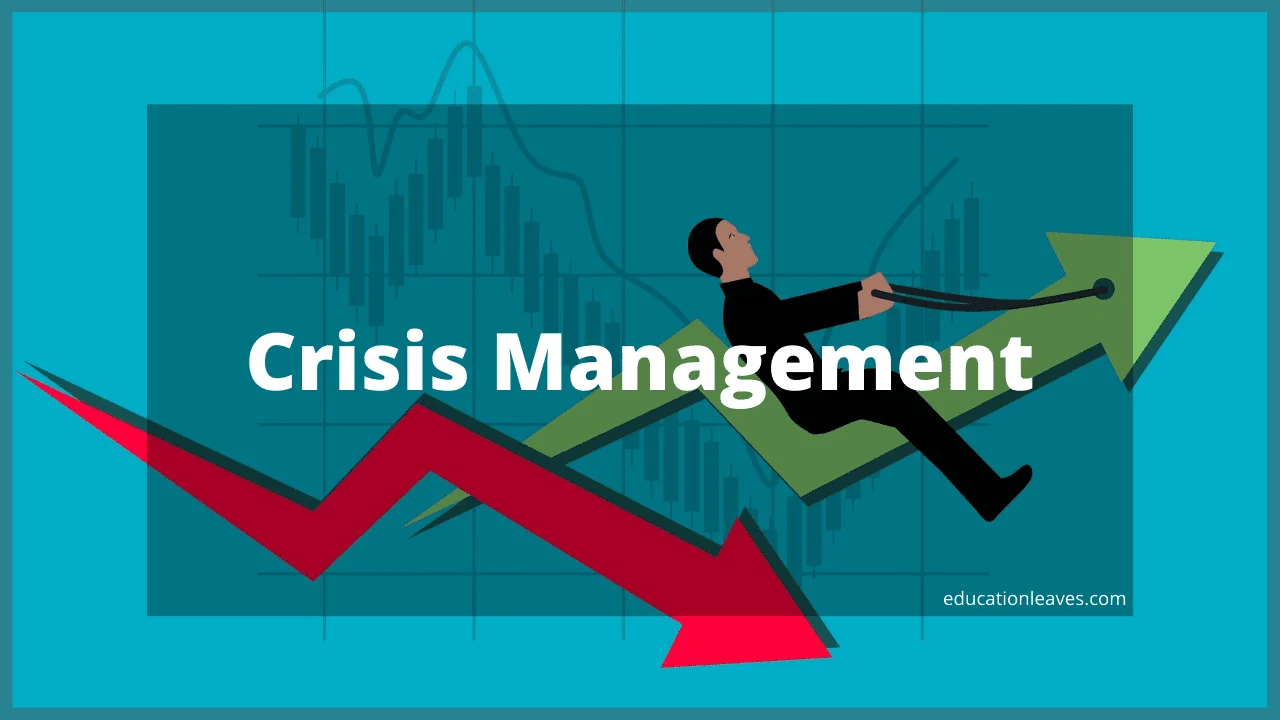 organizational resilience. It extends beyond the product-specific risks to encompass broader business continuity and disaster preparedness. Companies must proactively identify critical activities, such as adverse event reporting, signal detection, and communication with health authorities, and establish clear response plans with defined responsibilities and timelines. During audits, regulators scrutinize how well these plans are documented, tested, and implemented in practice. Effective crisis management involves creating robust contingency plans, ensuring digital systems and data backups are secure and accessible, and training staff to respond swiftly during emergencies. For example, during the COVID-19 pandemic, organizations that had already invested in remote access capabilities, secure cloud storage, and clear responsibility matrices were able to sustain their PV activities with minimal disruption. This preparedness not only facilitates passing audits but also ensures that patient safety remains uncompromised during unforeseen challenges. Ultimately, integrating comprehensive crisis management strategies into daily operations fosters a culture of resilience, making organizations better equipped to navigate crises and maintain compliance with regulatory standards.
organizational resilience. It extends beyond the product-specific risks to encompass broader business continuity and disaster preparedness. Companies must proactively identify critical activities, such as adverse event reporting, signal detection, and communication with health authorities, and establish clear response plans with defined responsibilities and timelines. During audits, regulators scrutinize how well these plans are documented, tested, and implemented in practice. Effective crisis management involves creating robust contingency plans, ensuring digital systems and data backups are secure and accessible, and training staff to respond swiftly during emergencies. For example, during the COVID-19 pandemic, organizations that had already invested in remote access capabilities, secure cloud storage, and clear responsibility matrices were able to sustain their PV activities with minimal disruption. This preparedness not only facilitates passing audits but also ensures that patient safety remains uncompromised during unforeseen challenges. Ultimately, integrating comprehensive crisis management strategies into daily operations fosters a culture of resilience, making organizations better equipped to navigate crises and maintain compliance with regulatory standards.
Technology is transforming this field rapidly. Remote audits, enabled by tools like  Teams, Zoom, and cloud platforms, are now commonplace. Electronic case management systems and AI-driven signal detection have made data handling more efficient. I believe that the future of PV lies in digitization, real-world data, and AI. While access to large datasets remains a challenge due to privacy and infrastructure, advancements in AI will make safety analysis more comprehensive, faster, and more accurate.
Teams, Zoom, and cloud platforms, are now commonplace. Electronic case management systems and AI-driven signal detection have made data handling more efficient. I believe that the future of PV lies in digitization, real-world data, and AI. While access to large datasets remains a challenge due to privacy and infrastructure, advancements in AI will make safety analysis more comprehensive, faster, and more accurate.
Understanding culture and diversity is vital. Culturally, I’ve learned that understanding local customs is extremely crucial. Some cultures emphasize punctuality, transparency, and direct communication, which naturally facilitates smoother interactions and more straightforward compliance. Conversely, other cultures may be more emotional, informal, or blend personal relationships with professional dealings, which can influence collaboration, responsiveness, and honesty during audits. For example, in certain settings, healthcare professionals or staff might be reluctant to admit mistakes or report issues openly due to fear of blame or cultural norms around saving face. This can lead to underreporting or falsified documentation, which complicates the audit process and can negatively affect compliance assessments. Moreover, attitudes toward criticism vary, some cultures are more accepting and view it as an opportunity for growth, while others might react defensively or dismiss feedback altogether. Recognizing these cultural nuances is vital for auditors and organizations alike. It allows us to tailor our communication, build trust, and foster an environment where transparency and continuous improvement are prioritized. When cultural differences are overlooked or misunderstood, it can result in misinterpretations, strained relationships, and ultimately, failed or less effective audits. Therefore, adapting our approach to respect local customs while maintaining professionalism is essential for achieving successful PV operations and compliance across diverse regions.
Other most common pitfalls I see, poor collaboration, viewing audits as fault-finding, hiding issues, or being unprepared. These mistakes can damage trust and credibility. I always stress the importance of transparency, professionalism, and viewing audits as opportunities for improvement, not as threats.
My practical advice is simple. Before the audit, ensure your systems are ready. Collaborate internally, do self-checks, and keep documentation up-to-date.
During the audit, be concise, honest, and transparent. Prepare staff with mock audits.
Afterward, address findings promptly. Initiate CAPA plans immediately, and make sure actions are realistic and responsible.
In conclusion, I want to emphasize that pharmacovigilance is not just a legal requirement, it’s an ethical duty. It’s about protecting patients, families, and communities. When organizations commit to continuous improvement, collaboration, and awareness, we move closer to a world where medicines are safer for everyone.
Looking ahead in future, I believe innovation will dominate PV. Over the next  five years, the market for PV will more than double, mainly driven by digitization and new technologies. I encourage all PV professionals and organizations to develop themselves continuously. Use tools like ChatGPT, AI, and digital platforms to stay ahead, and train your workforce on how to optimize its benefits, than mindless inputs.
five years, the market for PV will more than double, mainly driven by digitization and new technologies. I encourage all PV professionals and organizations to develop themselves continuously. Use tools like ChatGPT, AI, and digital platforms to stay ahead, and train your workforce on how to optimize its benefits, than mindless inputs.
And my final piece of advice is this: collaboration and awareness are the keys to transforming PV into a truly global, patient-centric discipline. If we all embrace this, I am confident we can make a significant difference in patient safety worldwide.
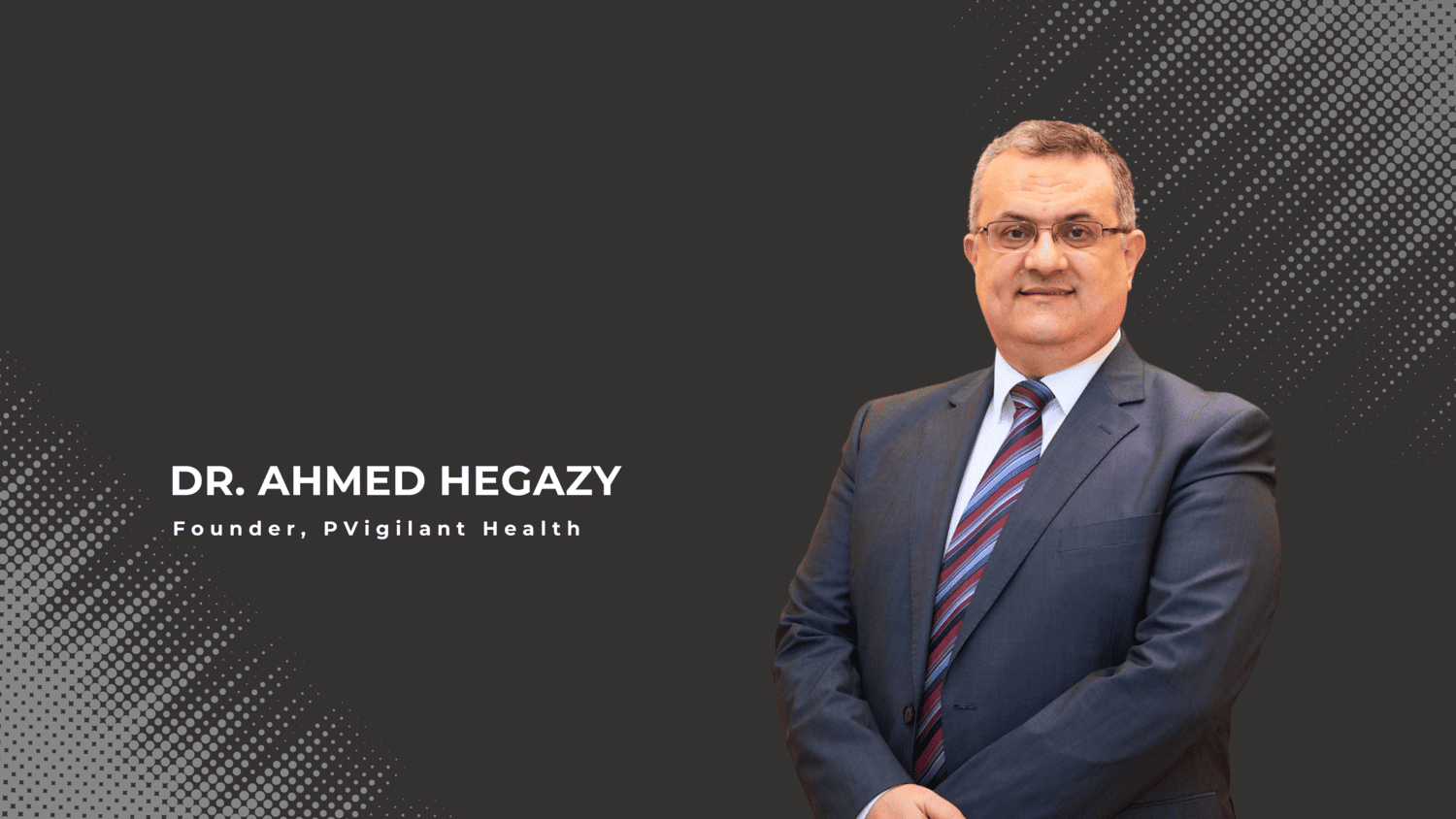
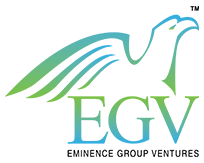
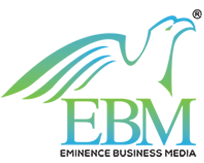
This article offers a highly insightful and informative perspective on pharmacovigilance. It clearly highlights the critical role of PV in ensuring drug safety and public health, while also shedding light on current challenges and advancements in the field. A valuable read for anyone involved in drug development, regulation, or patient care. Thank you Dr.Ahmed for this insightful and informative article.